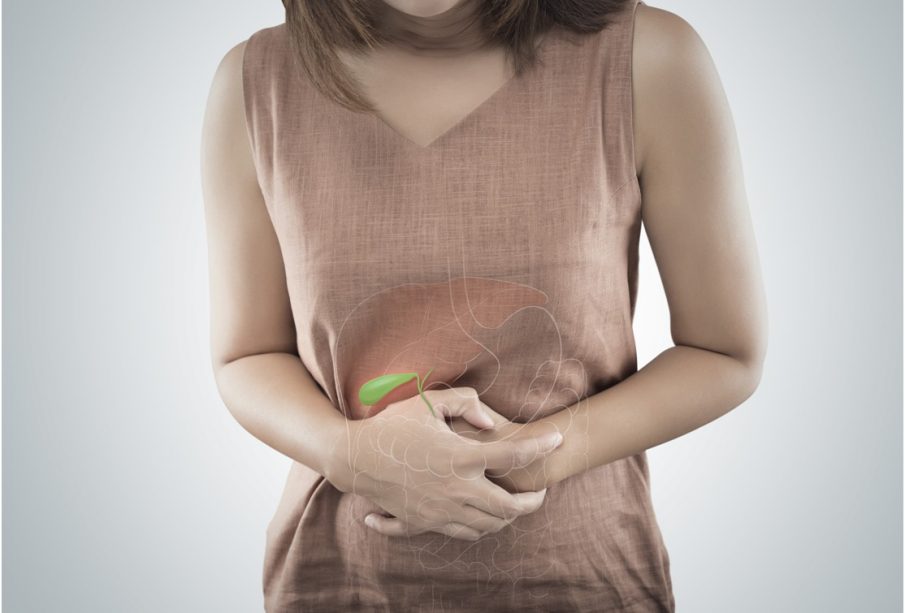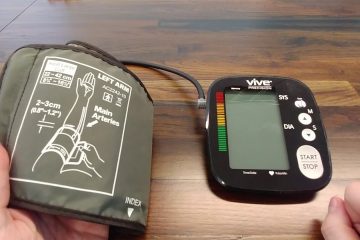What are the most common causes of cholecystitis?

Cholecystitis is a health problem where the gallbladder is inflamed. There are two types of cholecystitis. They are acute cholecystitis and chronic cholecystitis. Acute cholecystitis happened suddenly which is characterized by abdominal pain, fever, gallbladder inflammation, and elevated white cells count. Chronic cholecystitis is a chronic inflammation of the gallbladder upon further analysis under the microscope. Acute cholecystitis is more common than chronic cholecystitis. Acute cholecystitis is often a consequence of gallstones disease. Gallstones disease is a condition in which the gallbladder is filled with stones. However, acute cholecystitis can also be due to other issues other than the gallstones. Acute cholecystitis which is not caused by gallstones is uncommon. Medications for cholecystitis are available to help anyone with this disease recover well.
The gallbladder is a small organ (pear-shaped) that is located under the liver. The gallbladder is responsible for storing bile that is produced by the liver. Bile is a fluid that is responsible for the breakdown and digest fats from our diet. Gallstones are small stones produced inside the gallbladder. They can be as long as 6 inches in length. Your skin and eyes might turn yellow following gallstones disease.
In other words, cholecystitis is mainly caused by gallstones. Acute cholecystitis is the main complication of gallstones disease. Acute cholecystitis frequently affects patients with symptomatic gallstones disease. Six to eleven percent of patients with gallstones disease (symptomatic) will develop acute cholecystitis. The underlying mechanism is that the gallstones are obstructing the bile duct and congestion and inflammation of the gallbladder will take place. Other than that, gallstones may cause injury to the gallbladder wall and this will result in the production of an irritant known as lysolecithin. This irritant will also cause gallbladder inflammation.
History taking, investigations, and physical examination are a must to conclude a diagnosis of cholecystitis. History taking will involve a question and answer session between patients and their respective physicians. This session will reveal that patients with cholecystitis are having symptoms like abdominal pain that may radiate to the right shoulder and the back. Other symptoms are fever, nausea, vomiting, and anorexia. Usually, there will be a history of eating fatty food around an hour before the pain started. At Walk In Clinic Barrie after history taking, the doctor will do a quick physical examination. A physical examination will reveal features like ill-looking, rapid heartbeat, and many other signs. Next, a list of tests will be carried out. The tests are:
- Blood test
- Ultrasound of the abdomen
- Cholescintigraphy or HIDA scan
- Magnetic resonance cholangiopancreatography
- CT scan of the abdomen
Other diseases that may mimic cholecystitis are:
- Acute cholangitis
- Biliary colic
- Fitz-Hugh Curtis syndrome
- Acute pancreatitis
- Peptic ulcer disease
Life-threatening complications will take place if cholecystitis is left untreated. The complications are:
- Gangrenous cholecystitis
- Perforation
- Emphysematous cholecystitis
- Gallstones ileus
Patients with cholecystitis due to gallstones must be admitted. Supportive care will be given initially. The cares are pain control medication, intravenous fluid, intravenous antibiotics, and gallbladder drainage. Next is gallbladder removal. Surgical gallbladder removal is the definitive treatment. There are many types of surgeries. The type of surgery depends on the patient’s case, well-being, availability of surgical facilities, and sometimes cost.









